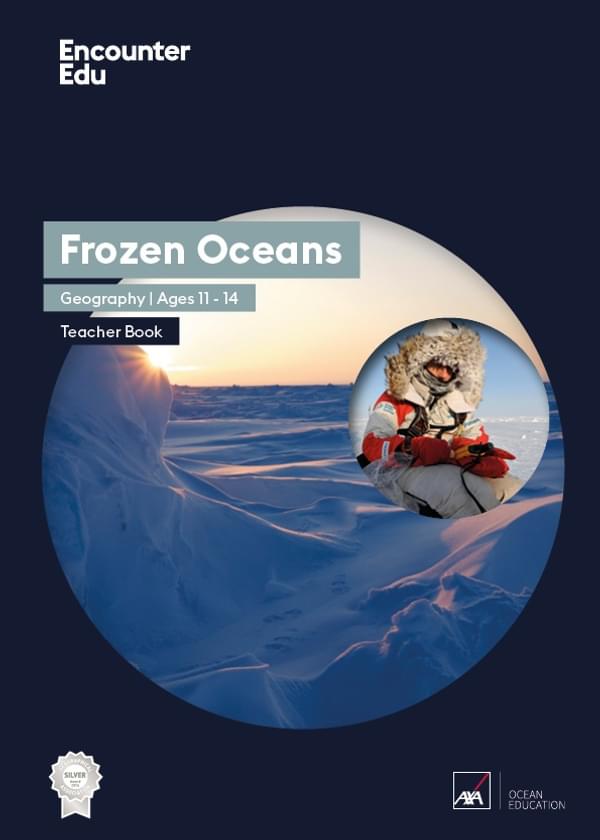About: Catlin Arctic Survey
The Catlin Arctic Surveys were a series of journeys undertaken by explorers and scientists to discover how the Arctic is changing. Satellite imagery and data collected by ship-based science expeditions can answer so many questions, but to discover how the remotest parts of the frozen north are changing due to the impacts of climate change required a different approach. From 2009 to 2011, these Catlin Arctic Surveys tackled some of the most inaccessible polar science questions.
2009 Catlin Arctic Survey
The first Catlin Arctic Survey sought to answer an important environmental question, ‘How long will the Arctic Ocean’s sea ice cover remain a year-round surface feature of our planet?’.
Across hundreds of kilometres explorers took thousands of measurements of sea ice thickness. This data was collected and analysed by research partners in the Polar Ocean Physics Group at the University of Cambridge.
Highly experienced polar explorer, and Catlin Arctic Survey founder, Pen Hadow led the expedition. He was accompanied by Ann Daniels, also a renowned polar explorer, and Martin Hartley, the UK’s foremost expedition and adventure-travel photographer. The findings from this survey, together with decades of existing measurements, led the Cambridge scientists to suggest there is a significant probability that, by around 2020, only 20% of the Arctic Ocean basin will have sea ice cover in the summer.
2010 Catlin Arctic Survey
In 2010, an Ice Base, run by scientific and operations staff, joined the three-person explorer team, creating a two-pronged research effort into the effects of carbon dioxide on the Arctic Ocean.
When carbon dioxide dissolves in sea-water it forms a weak acid. The rate at which atmospheric carbon dioxide is increasing is overwhelming the oceans ability to accommodate these changes, leading to ocean acidification. And because cold water absorbs CO2 more effectively than warm water, the Arctic Ocean is a beacon for how these changes could affect the world’s oceans.
The three-person explorer team braved harsh Arctic winter to spring conditions to collect vital water samples and measure sea ice thickness. After a day of hauling 120kg sleds in temperatures as low as -38°C (-36°F), they manually drilled through ice up to five metres thick and kept water samples in a special fridge box to prevent them from freezing.
Their epic trek culminated in a ‘Hole at the Pole’, a hole drilled through the ice at the North Pole for final water samples.
2011 Catlin Arctic Survey
The 2011 expedition between February and May involved a team of scientists and other staff travelling to an Ice Base off the western coast of Ellef Ringnes Island in the territory of Nunavut, Canada (78°45’N, 103°30’W). A four strong explorer team also carried out a two part journey across the ice, gathering data as they went.
The expedition involved a range of scientific research, which included:
- Sea ice depth from transects
- Background temperature and climate readings
- pH levels (the acidity of the water)
- CDOM levels (refers to the colour of the water which is altered by presence of organic material)
- Zooplankton counts (including copepods)
Air temperatures never rose above -15°C for the duration of the expedition, and got as low as -48°C at some points during the scientists’ extended stay on the ice.
